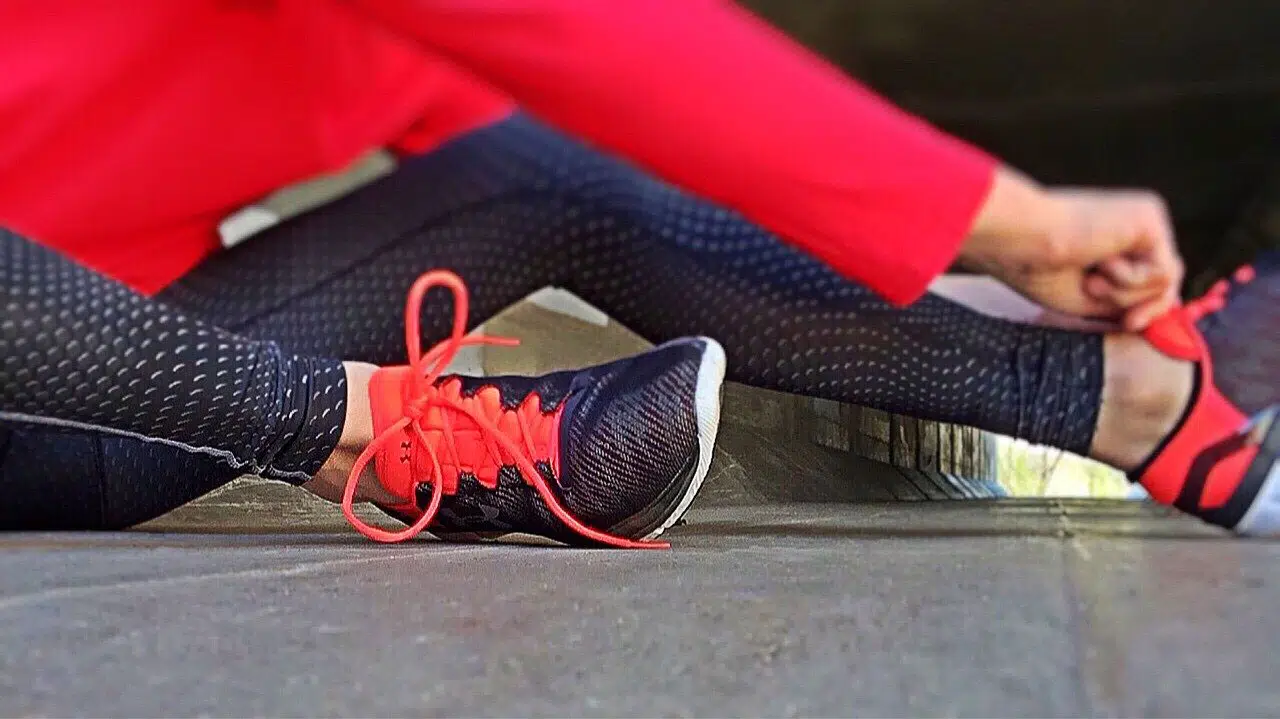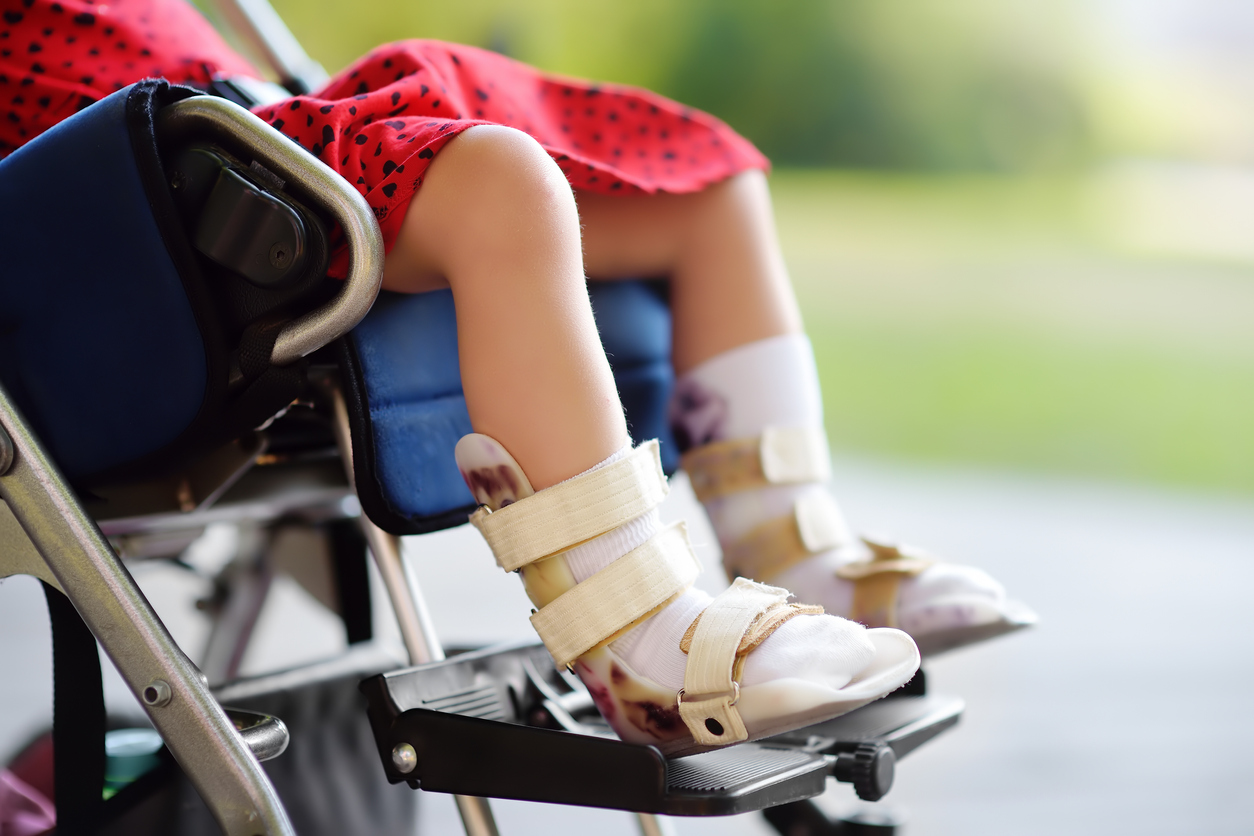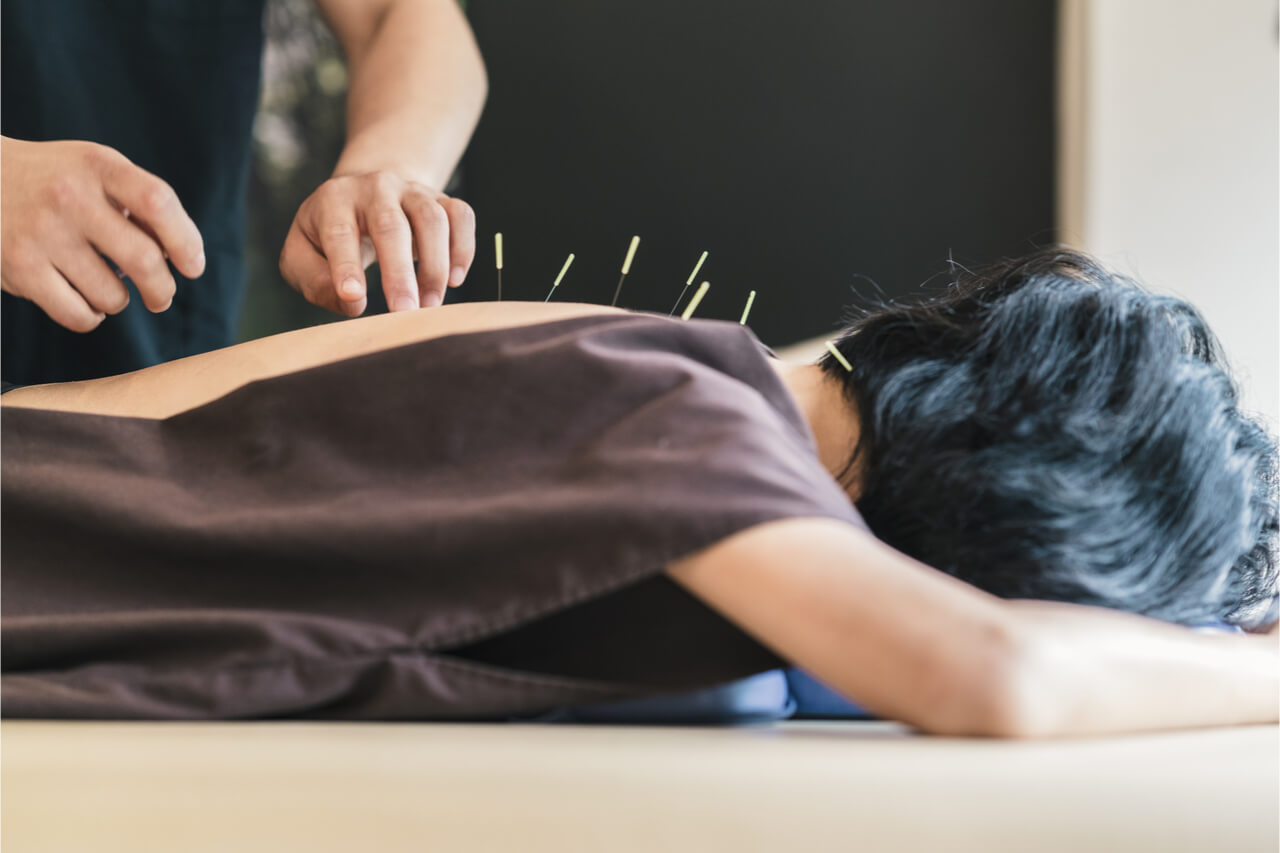Alzheimer’s is a really complex disease, with multiple risk factors. That’s why it’s one of the biggest fears of most individuals as they age. And rightly so- the thought of experiencing a cognitive decline is enough to send you on your heels in search of a preventive measure.
In fact, this is why most seniors are choosing nursing homes making use of this new care home software.
However, while we await a pharmaceutical cure, a new discovery could fill your heart with joy.
Truth be said, the probability of experiencing Alzheimer’s disease- a form of dementia- increases as you age, however, by identifying and controlling your personal risk factors, you can thwart that probability in your favor.
One of these personal risk factors is exercise.
Can exercise prevent Alzheimer’s and keep your cognitive function intact?
There are a few things that are as unconditionally healthy as exercise. Its benefits seem to sweep across every facet of human living- from weight loss to building muscle. While scientists have known for ages that exercise helps to keep a healthy heart, the link between exercise and maintaining a healthy brain is just being revealed.
For example, take a look at this research carried out by Dr. Rong Zhang.
The purpose of the research was to detect if aerobic exercise will prevent the build of abnormal fibrous tissue (amyloid) and brain atrophy- both of which are neuroimaging markers for Alzheimer’s.
Study participants were aged 55 years and older, and they had a mild cognitive decline. They were split into two groups: while one group did aerobic exercises, the other majorly performed flexibility stretches.
After the research, it was observed that cognitive decline was prevented in both groups. However, individuals who engaged in aerobic exercises experienced a significant reduction in hippocampus atrophy—the brain region which is commonly affected by Alzheimer’s disease.
This points to one thing—regular exercise could play a major role in the prevention of Alzheimer’s.
Exercising for at least 30 minutes daily could:
- Delay the start or progression of Alzheimer’s disease in elders.
- Maintain the part of the brain which is responsible for memory formation; that is, the hippocampus.
- Keep thinking and reasoning skills sharp for healthy individuals.
How else could exercise help?
Regular exercise will help you avoid vascular diseases such as high blood pressure and high cholesterol level. It could also keep diabetes and obesity at arm’s length. Since each of these diseases are risk factors of Alzheimer’s disease, it’s safe to say that exercise can place you on the better side of luck!
Tips for making the most out of this new discovery
First off, you should aim for at least 150 minutes of exercise or physical activity daily. For beginners, walking and swimming are good places to start from.
Muscle-building sessions have also proven to improve brain function, by increasing muscle mass. Include a few of these sessions into your workout routine.
Lastly, you should know that head injuries coming from falls could increase your risk of Alzheimer’s. It will be safe to include balance and coordination exercises in your routine. Yoga is a great place to begin as regards these sorts of exercises!
In Conclusion
Asides from physical exercises, brain exercises could also be beneficial. Being activities that help you keep your mind active, brain exercises could reduce the amount of brain cell damage that comes with Alzheimer’s disease, as well as support the growth of new brain neuronal cells. So, playing that chess game with your grandchild or learning that language you’ve always wanted to learn might be one of your best defenses against Alzheimer’s!








Leave a Reply
You must be logged in to post a comment.